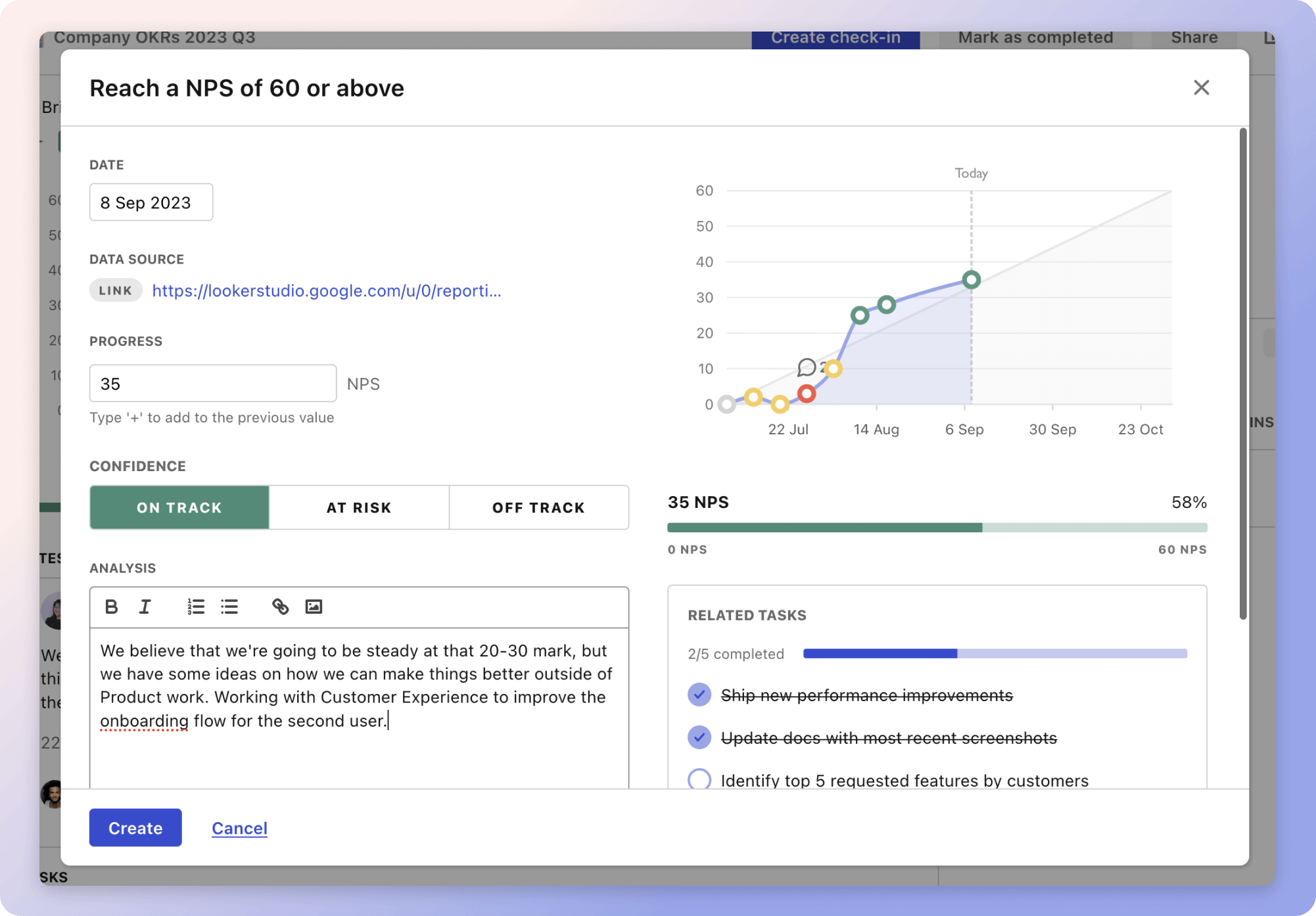The strategy "Sheltering the homeless population" aims to provide shelter and support for the homeless by developing comprehensive partnerships and innovative solutions. Partnering with local organizations is pivotal. By identifying and collaborating with community shelters and organizations, resources can be pooled for greater impact. For instance, joint training sessions for volunteers can enhance service delivery, offering holistic support, such as health and employment services.
Implementing a mobile shelter program expands reach and accessibility. By converting vehicles into shelters, a mobile program can provide essential services where they are most needed. Regular stops and promoting the initiative through local media ensure that the homeless community is aware and engaged.
Launching a public awareness campaign helps dispel myths about homelessness and invites community participation. By developing informative materials and leveraging local media and influencers, awareness can be increased. Hosting community events and leveraging social media extend the conversation, encouraging donations and volunteerism, with a feedback mechanism to incorporate public input effectively.
The strategies
⛳️ Strategy 1: Partner with local organizations
- Identify local shelters and community organizations working with the homeless
- Reach out to these organizations to explore potential partnerships
- Establish a memorandum of understanding with partner organizations
- Organise regular meetings to coordinate efforts and share resources
- Collaborate on fundraising initiatives to support shelter programs
- Combine efforts to provide holistic support services including health and employment
- Develop joint training sessions for volunteers
- Create a shared communication platform for updates and feedback
- Invite representatives from partner organizations to participate in shelter planning
- Monitor and evaluate partnership effectiveness regularly
⛳️ Strategy 2: Implement a mobile shelter program
- Identify suitable vehicles for conversion into mobile shelters
- Create a detailed budget and seek funding for the mobile program
- Collaborate with local authorities for permits and route planning
- Design interior layouts to maximize space in the mobile units
- Recruit and train volunteers to operate and maintain the units
- Establish contact points where the mobile shelter will visit regularly
- Gather and provide essential supplies for the mobile shelters
- Develop a schedule for regular stops throughout the community
- Promote the mobile shelter program through local media
- Collect feedback from users to continuously improve the service
⛳️ Strategy 3: Launch a public awareness campaign
- Identify key messages that address myths and facts about homelessness
- Develop a series of informational materials including brochures, videos, and posters
- Collaborate with local media outlets to feature stories highlighting the issue
- Engage influencers or public figures to help amplify the message
- Host community events and workshops to discuss homelessness and solutions
- Utilise social media platforms to reach a wider audience
- Create a dedicated website with resources and updates on local efforts
- Encourage public donations and volunteer participation
- Develop a feedback mechanism for the public to suggest ideas and initiatives
- Measure campaign reach and impact through surveys and engagement metrics
Bringing accountability to your strategy
It's one thing to have a plan, it's another to stick to it. We hope that the examples above will help you get started with your own strategy, but we also know that it's easy to get lost in the day-to-day effort.
That's why we built Tability: to help you track your progress, keep your team aligned, and make sure you're always moving in the right direction.

Give it a try and see how it can help you bring accountability to your strategy.
